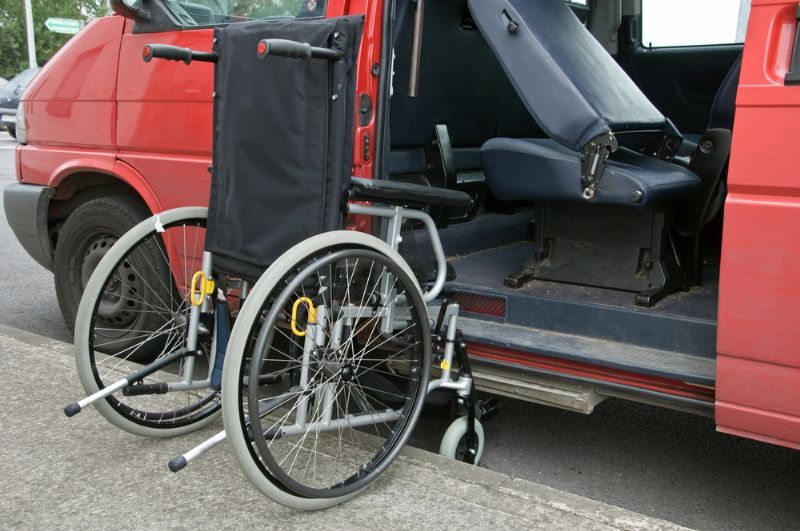 Written by Mike Price, OT
Written by Mike Price, OT

Injuries caused by overexertion suffered by people in healthcare occupations are among the highest across all industries in the United States. In fact, healthcare and hospital workers, specifically, suffer overexertion injuries about twice as often as people working in other industries, while nursing home workers saw more than three times the average number of overexertion injuries.
Largely caused by these caregivers straining their muscles while lifting, repositioning or moving their patients, residents or clients, these injuries can be easily avoided by carefully considering a few safety tips from the CDC.
When lifting or moving another person, particularly without mechanical assistance of a patient lift, it’s important to:
And perhaps most important of all, if the person you’re attempting to move or lift is too heavy to you to manage on your own, get help, or consider adding a permanent or portable patient lift to your equipment list.
Here’s an infographic to help further illustrate these and more patient lifting safety tips, as well as a few critical things you should know about patient lifts.

Co-Founder of Rehabmart and an Occupational Therapist since 1993. Mike has spent his professional career working in multiple areas of Occupational Therapy, including pediatrics, geriatrics, hand therapy, ergonomics and inpatient / outpatient rehabilitation. Mike enjoys writing articles that help people solve complex therapeutic problems and make better product choices.